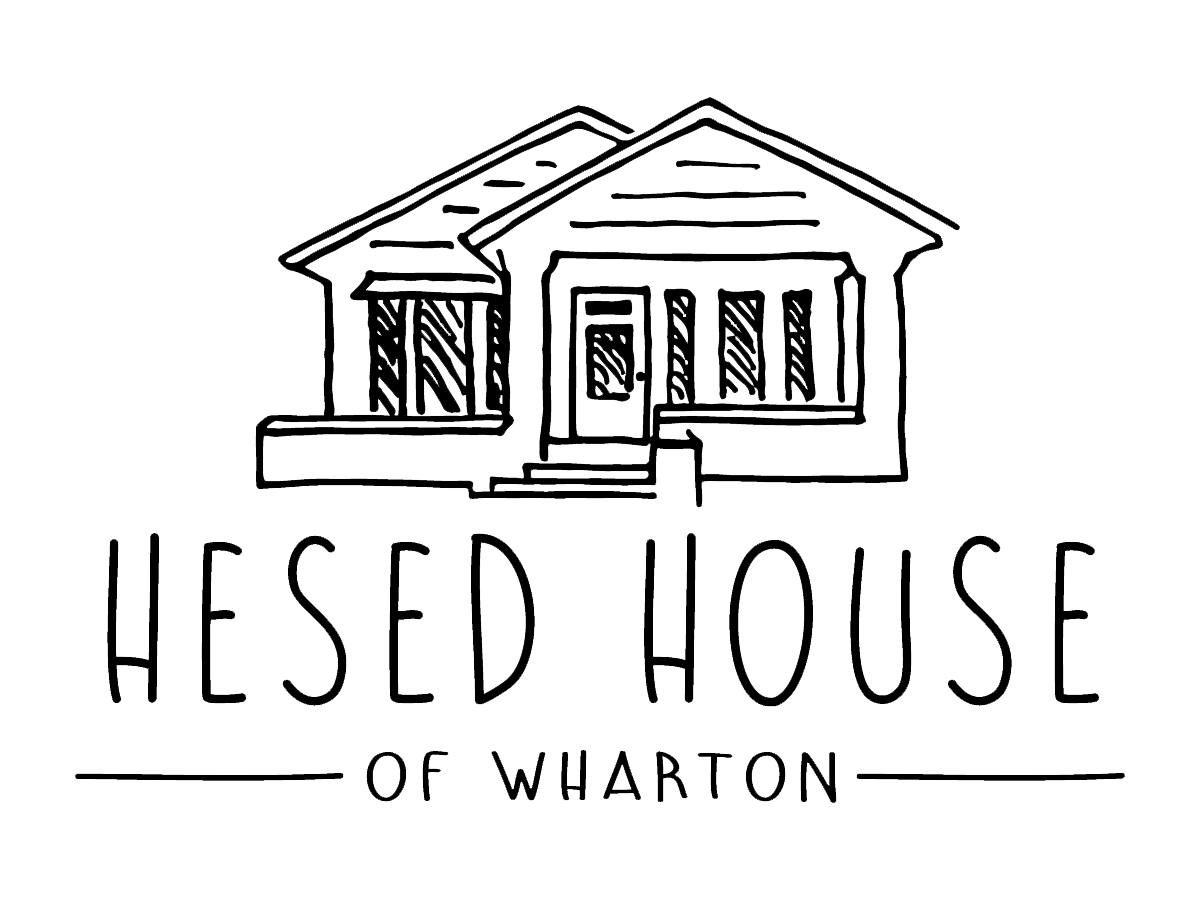The Long Road of Long-Term Recovery
August 2020 marks the three year anniversary of Hurricane Harvey hitting the Texas Gulf Coast. This anniversary means different things to different people. For some, it means remembering a time when communities came together in heroic ways. It is a time that can seem almost idyllic if not for the mass disaster. For others, it means marking time passed and movement towards more normalcy. This movement towards normalcy is one of recovering personal and economic losses and reestablishing rhythms of daily life that do not revolve around recovery. It means progress towards healing.
But then there are those among us who have spent the past three years drowning in the red tape of systems that if we are being honest, are intentionally designed for difficult navigation. It is important to note that the average FEMA payout per household for home repairs after Harvey was $4,203. FEMA estimated our unmet needs for our approximately 2,000 affected households in Wharton County at $11.5 million. That was the dollar amount needed after FEMA or insurance benefits. This dollar amount also does not take in to account the county’s economic impact. Or biopsychosocial impact on individuals and the community as a whole.
Wharton County has made great strides in long-term disaster recovery, but that means little to the families that still can’t live in their homes or do so at great health risk. It means little to the children and youth who are food and/or housing insecure and carrying the physical, mental and emotional burden of trauma. It means nothing to the parents who work full time jobs and spend what amounts to another whole job trying to figure out the next step in their recovery.
Over the course of this month, we will continue to unpack what long-term disaster recovery looks like in our community. We will unpack the long-term challenges and heartbreak of what it means to be affected by disaster. We will do so knowing that many people would rather forget the painful memory of Harvey. Even if the memory is painful, we ask that you not look away from the reality of the present. We hope that in shining a light on the realities of recovery, we will grow awareness of the need for whole community engagement. We believe the well-being of our community depends on it.

